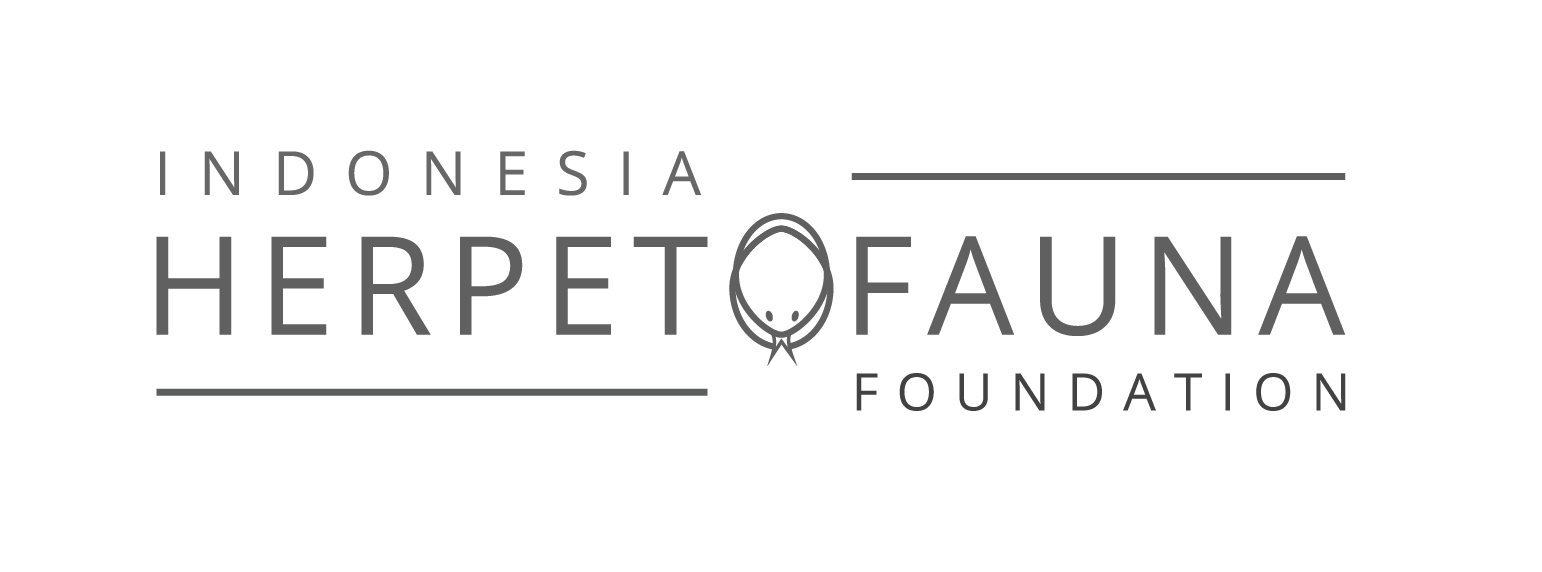In 2021, we received approximately 50 applications from the ASA Start-up Conservation Grants call, of which we will be able to fund six. Below you can learn more about the project Developing a Conservation Strategy for the Endangered Trilaksono’s Bush Frog (Chirixalus trilaksonoi) to be executed by the Indonesia Herpetofauna Foundation (Nathan Rusli, [email protected]; and Umar Fhadli Kennedi).
Indonesia is a megadiverse country and is home to numerous endemic amphibian species, many of which are now threatened. However, unlike orangutans and other charismatic species, threatened amphibians have attracted little attention or resources for conservation in this region. In recent years, capacity within Indonesia to undertake biodiversity research and implement conservation actions has been growing, and organizations such as the Indonesia Herpetofauna Foundation are playing an important role through these kinds of projects, including student training and community engagement. This present project is currently the only targeted amphibian conservation initiative in Indonesia.
The Trilaksono’s Bush Frog (Chirixalus trilaksonoi) is a species of amphibian endemic to West Java. It was described in 2014 as Chiromantis trilaksonoi, before a taxonomic revision by Chen et al. in 2020 that moved it to the genus Chirixalus. The species epithet of this frog is in honour of museum technician Wahyu Tri Laksono, who discovered the holotype in his backyard in 2013 (Riyanto & Kurniati, 2014).
To date, this frog is only known from three locations in West Java. All these locations are disturbed (e.g., agricultural land), and not inside protected areas (IUCN, 2018). Out of the three known locations, two of them have been converted into residential estates (Laksono, pers. comm. 2020, pers. obs. 2018). In the late 1980s, many of these frogs were found in a wetland area in Bogor, which has now been turned into Billabong Estate (Yuwono, pers. comm. 2020). Because of this, the Trilaksono’s Bush Frog is heavily threatened by habitat destruction and pesticide use (IUCN, 2018).
During various surveys from 2017-2020, we have detected several other sites where these frogs still occur. However, all these sites are located in human habitations/agricultural areas, which could be wiped out at any moment. With the considerations above, it is extremely urgent to kickstart a conservation project for this species, with three initial steps:
- Conduct research on the distribution and ecology of the Trilaksono’s Bush Frog, in order to obtain baseline data to best devise a conservation action plan.
- Raise awareness and educate the public about these frogs, especially in areas where they occur.
In addition, we plan to monitor wild populations of this species when (or if) possible. The possibilities will depend on whether or not wild populations still exist, and if we manage to obtain sufficient funding for the project.
Photo by: Umar Fhadli Kennedi


